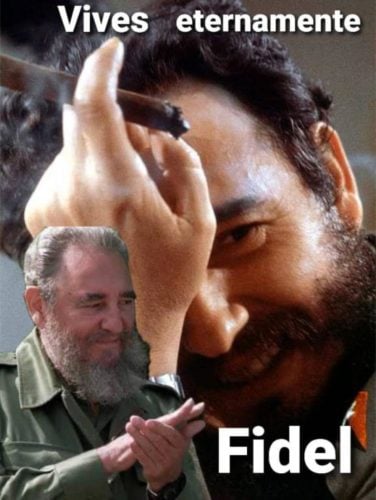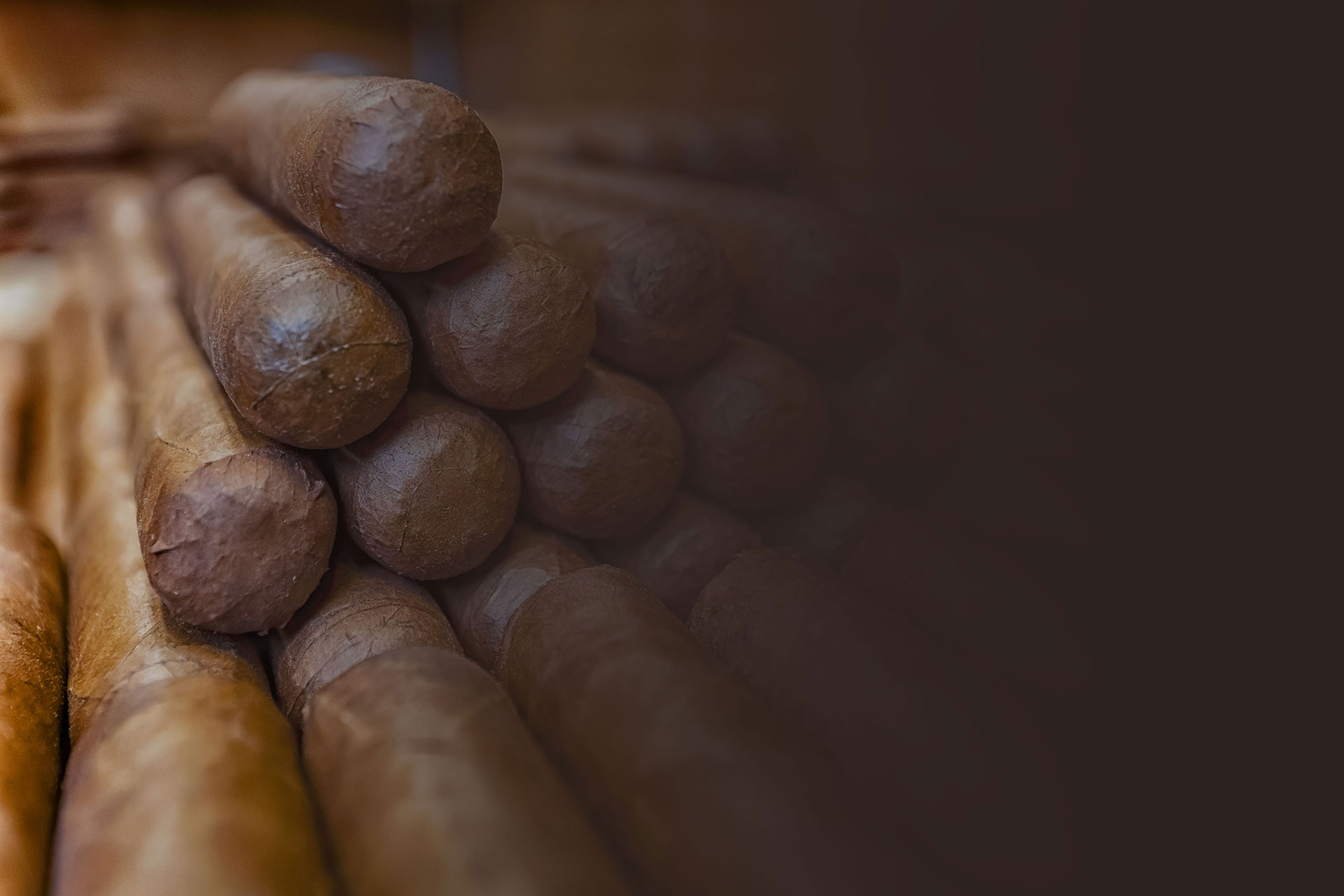
24 Nov, 2020
Tabacuba remembering our Fidel Castro, lover of Cohiba cigars
One of the keys to the prestige of Habanos and in particular of Cohiba lies in its exclusivity, which is forged through a meticulous process of techniques and experiences, which begins with the selection of the seeds and after a complex process in the Agriculture goes through another no less special and meticulous in the preparation for the twisting and the manufacture in the tobacco shops.
Since the beginning of the 60s of the last century, agricultural studies and research began in Cuba, a mixture of science, experience and vocation, with the aim of achieving a perfect alchemy, which would allow going beyond the existing levels in the Habano world.
But as often happens with the appearance of geniuses, the initial irruption of the first sample, of what is today the best exponent of Cuban tobacco wisdom, happened by chance.
According to the story, one cool spring afternoon, while Bienvenido Pérez Salazar (Chicho), commander Fidel Castro's chief of escorts, was waiting in his car for the Cuban leader to leave for his usual tasks, he decided to light one of the Habanos that he had given him days behind his friend Eduardo Rivera Irizarri, with whom he had shared at the end of the 1950s the work of cigar maker in the Por Larrañaga factory, then classified as “the University” of that trade.
As he got into the vehicle, Fidel noticed the special aroma of Chicho's smoke and asked him where he had got it from. Delighted with the question, he took out another of Eduardo's crooked cigars and offered it to the Commander, who lit it without delay and after two puffs, as a sign of absolute satisfaction, began to take an interest in the creator of that capricious silhouette with its incomparable aroma. . At that moment the fascinating legend of the Cohiba had begun to be forged.
Friends from his youth in his native Palma Soriano, Chicho returned in search of Eduardo to the La Corona factory, where he worked now, but this time he had a commission that would change his destiny. From that moment on, he had the task of producing, on a regular basis, a larger quantity of those special cigars that he shared with his friend, Fidel's chief escort.
In those days, the whole world retained the image, widely spread by the international press, of the Cuban leader savoring an elegant Habano, of unusual dimensions and appearance, devoid of the famous identity rings.
Very soon the new vitola would become the most envied by fans, who wondered how to obtain it.
The Comandante's cigars became the favorites of other leaders of the Revolution, such as Ernesto Che Guevara, who more than u
Woman's hands
Growing appreciation for the beautiful vitola transformed it into a sought-after gift from government. Today in the album of the El Laguito factory, where it began its large-scale production, appear the rings of personalized copies for King Juan Carlos of Spain, former presidents Luis Echeverría, of Mexico; Juan Velasco Alvarado, from Peru; Omar Torrijos, from Panama; Houari Boumedienne, from Algeria; Gamal Abdel Nasser, from Egypt, among others.
At the end of 1964, Commander Fidel Castro surprised his chief of bodyguards with an unusual question: Chicho, are there women who are torcedoras?
"Very few Commander," he replied.
Fidel inquired how long it would take to form a torcedor and how much it could cost. And immediately he revealed his project to create a School for Twisters.
The delicacy of women's hands took hold of a decisive phase of quality in the final product in the tobacco industry, and had begun with the experiment that materialized in the El Laguito factory, discreetly established in a large house in an old exclusive area residential.
On October 19, 1965, a first group of four women, under the leadership of Eduardo and four other experts, launched the new project that would revolutionize the legendary trade. In a short time the first batches of the stylized vitola called Laguito 1 appeared, the result of delicate feminine handling.
Large-scale production required raw material selection and systematization of Eduardo's methodology to achieve the sophisticated final product. The expert torcedor traveled several times through the fine plains of El Corojo, La Perla de Llevada, La Fe, Cuchillas de Baracoa, Santa Damiana, all of Vueltabajo, and others in the Partido area, in Havana.
After numerous tests and tastings, Eduardo and his colleagues reached the desired perfect blend: a secret never revealed, which finds its culmination in the novel process of additional fermentation at the factory, in cedar barrels, in a dark room, where they eliminate toxins. , as tartrate, and part of the nicotine, and release ammonia, which eliminates the stink and lends the smell of pure tobacco.
Once the quality of a series production had been certified, the recognition of the anonymous cigars that Fidel Castro smoked and gave away spread throughout the world and required a name, a brand, the definitive baptismal certificate.
A woman of special sensitivity, Celia Sánchez, born at the foot of the Sierra Maestra and who became Fidel Castro's main assistant in whatever matter demanded his attention, rescued her name from the very roots of her history, the same name given to her by the men of the Island that came to meet Columbus and offered it to him as a welcome gesture: Cohiba, the name that Luis de Torres and Rodrigo de Xerez heard in their first incursion, the same one that Fray Bartolomé de las Casas collected in his chronicles.
Of course, there is more than one secret in the artistic elaboration of this supreme product that reaches the markets under the name of Cohiba, but the key lies in a culture developed over more than five centuries, transferred from father to son, in the fertile plain and the factory, settled in the original and unique place chosen by mother nature, for the enjoyment of those who wisely take advantage of its pleasures, with the respect that the gods deserve.
Taken from the Excelencias Magazine.

